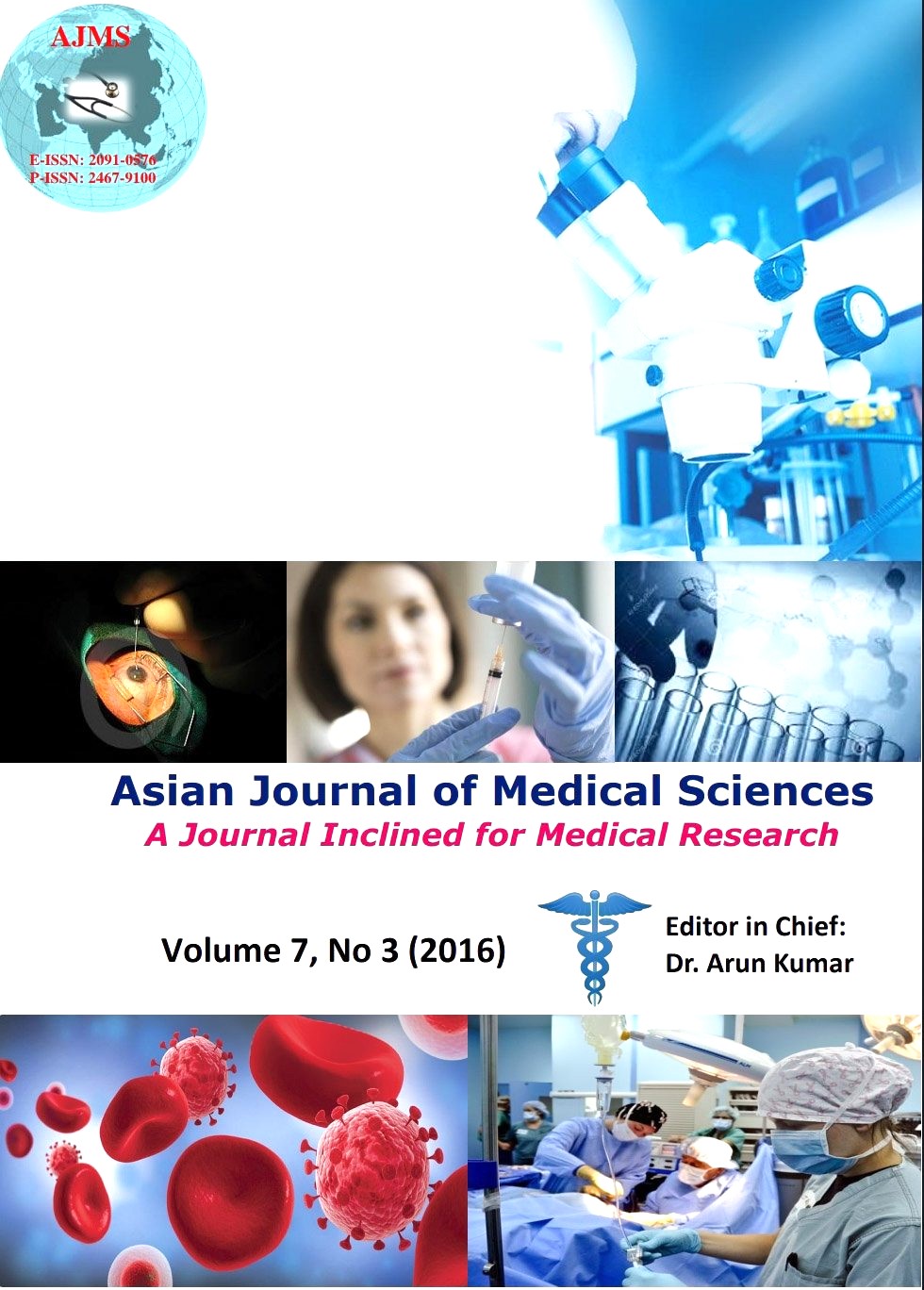Bacteriological study of uropathogens with correlation of various screening test with culture and their antimicrobial susceptibility
Keywords:
UTI, TTC, Wet film microscopy, Antibiotic susceptibility, CCMMCHAbstract
Background: UTI is most distribution of uropathogens amongst the community & hospitalized patients suffering bacterial infection.
Aims and Objectives: It affects person throughout their life span. It may be characterized as uncomplicated (occurring without an anatomic or other predisposing reason) or complicated (associated with structural or functional abnormalities of the urinary tract & kidney). A single bacterial species Escherichia coli, causes majority of UTI.
Materials and Methods: Total of 426 clinically diagnosed uti cases were subjected to culture & its correlation with various screening tests such as wet film microscopy, TTC & Gram stain & its sensitivity, specificity, positive & negative productive value were determine along with anti microbial susceptibility also virulence factor of E. coli & ESBL production were studied.
Results: Present study showing UTI was more common in females 281 (65.96%) as compared to 145 (34.03%) in males. As compare with culture, sensitivity of TTC, wet film microscope were 78.22%, 81.91% & 97.41% respectively. Amongst total 271 culture isolates E. coli were more common, highest resistant was observed to ampicillin (90.78%) followed by amoxyclave (86.64%), cotrimoxazole (82.23%) & carbenicillin (78.94%), whereas highest sensitivity noted against imipenem (100%).
Conclusion: It is evident UTI is more common in reproductive females & in case of males in older age.
Asian Journal of Medical Sciences Vol. 7(3) 2016 108-114
Downloads
Downloads
Published
How to Cite
Issue
Section
License
Authors who publish with this journal agree to the following terms:
- The journal holds copyright and publishes the work under a Creative Commons CC-BY-NC license that permits use, distribution and reprduction in any medium, provided the original work is properly cited and is not used for commercial purposes. The journal should be recognised as the original publisher of this work.
- Authors are able to enter into separate, additional contractual arrangements for the non-exclusive distribution of the journal's published version of the work (e.g., post it to an institutional repository or publish it in a book), with an acknowledgement of its initial publication in this journal.
- Authors are permitted and encouraged to post their work online (e.g., in institutional repositories or on their website) prior to and during the submission process, as it can lead to productive exchanges, as well as earlier and greater citation of published work (See The Effect of Open Access).




